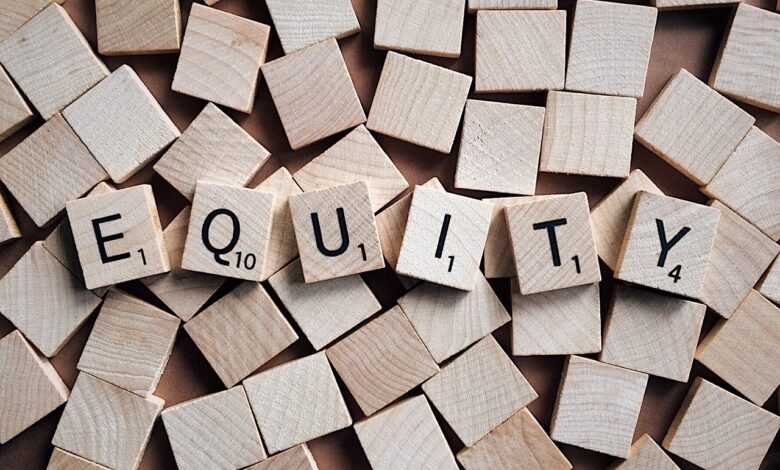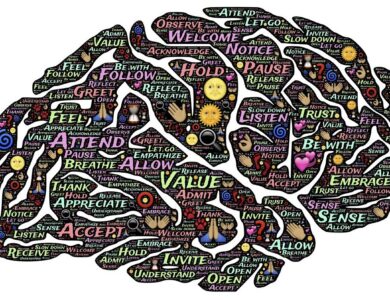Equality vs. Equity: Why Understanding the Difference Can Change the World!
Why Equality Alone Won't Solve Our Problems

Introduction
The debate between equality and equity is a significant one, influencing policies, social movements, and individual perspectives across the globe. While these terms are often used interchangeably, they represent different approaches to fairness and justice. Understanding the distinction between equality—where everyone receives the same resources or opportunities—and equity—where resources are distributed based on individual needs—is crucial for fostering a more inclusive and just society. This article explores the core concepts of equality and equity, their applications in various aspects of life, and why understanding the difference between them is vital for creating meaningful change.
Current Trends, Challenges, and Opportunities
In recent years, conversations about equality and equity have gained prominence, particularly in discussions about social justice, education, healthcare, and economic policy. The focus on equity has grown as people recognize that identical treatment does not always lead to fair outcomes. For example, providing equal access to education may not be sufficient if some students face barriers like poverty, disability, or language differences. The concept of equity aims to address these barriers by offering tailored support to those who need it most. However, implementing equity-based policies can be challenging, as it requires a shift in mindset and resource allocation.
Key Aspects of Equality and Equity
- Defining Equality and Equity: What’s the Difference?
- Description: Equality focuses on providing the same opportunities and resources to everyone, while equity takes into account individual needs and circumstances.
- Example: In a workplace, equality means giving every employee the same level of support, whereas equity involves offering additional support to those who may need it, such as employees with disabilities.
- Key Insight: Equity seeks to level the playing field, acknowledging that some people start with disadvantages that require additional resources to achieve the same outcomes.
- Why Equality Alone May Not Be Enough
- Description: While equality aims for uniformity, it does not always produce fair results. In many cases, equal treatment can reinforce existing disparities.
- Example: If a school provides all students with the same resources, those from disadvantaged backgrounds may still struggle compared to their peers from more privileged backgrounds.
- Key Insight: A focus on equity can ensure that those facing unique challenges receive the support they need to reach their full potential.
- Equity in Action: Real-World Applications
- Description: Various sectors, such as education, healthcare, and workplace policies, have embraced equity to promote better outcomes for marginalized groups.
- Example: In healthcare, equity might involve prioritizing vaccination for vulnerable populations who are at higher risk of severe illness.
- Key Insight: Equity-based initiatives often aim to close gaps and address historical inequalities, ensuring that everyone has a fair chance to succeed.
- Challenges in Implementing Equity-Based Approaches
- Description: Transitioning from equality to equity can be complex, requiring changes in policy, resource distribution, and social attitudes.
- Example: Efforts to promote equity in hiring practices may face resistance from those who perceive it as unfair advantage rather than a means of leveling the playing field.
- Key Insight: Addressing these challenges requires clear communication about the benefits of equity and its role in achieving long-term fairness.
- The Role of Education in Promoting Equity
- Description: Educators and institutions play a crucial role in fostering an understanding of equity and creating environments that support diverse needs.
- Example: Schools that offer tailored support for students with disabilities, language barriers, or socioeconomic challenges are examples of equity in education.
- Key Insight: Integrating equity into the educational system can help build a society that values diversity and works toward inclusive growth.
- Equality vs. Equity in Social Justice Movements
- Description: Social justice movements often highlight the need for equity to address systemic inequalities faced by marginalized communities.
- Example: The Black Lives Matter movement emphasizes equity in addressing racial disparities in policing, criminal justice, and economic opportunities.
- Key Insight: Equity-focused activism aims to address the root causes of inequality rather than just providing superficial solutions.
- Economic Equity: Bridging the Wealth Gap
- Description: Economic equity involves ensuring that resources are distributed in a way that considers the needs of the disadvantaged, promoting economic mobility.
- Example: Progressive taxation and social welfare programs are tools that aim to achieve economic equity.
- Key Insight: While economic equality focuses on uniform distribution, economic equity seeks to ensure that resources reach those who need them most.
- Equity and Inclusion in the Workplace
- Description: A focus on equity in the workplace involves creating opportunities for underrepresented groups and addressing disparities in pay and career advancement.
- Example: Programs like mentorship for women in leadership or tailored training for minority groups can help achieve greater equity in the workplace.
- Key Insight: Equity can drive a more diverse and inclusive workforce, leading to better innovation and business outcomes.
- A Call to Action: Building a More Equitable Society
- Description: Embracing equity requires a collective effort from policymakers, organizations, and individuals.
- Tip: Advocating for equity-based policies and practices can help ensure that everyone has the chance to thrive.
- Example: Supporting community programs that provide targeted resources for marginalized groups is a step toward a more equitable society.
Conclusion
Equality and equity are both essential principles, but they serve different purposes in the pursuit of fairness. While equality focuses on providing the same opportunities, equity aims to address the unique needs of individuals, ensuring that everyone can reach their full potential. As societies continue to grapple with issues of injustice and inequality, understanding and embracing the principles of equity can lead to more inclusive and fair outcomes. By striving for both equality and equity, we can work towards a world where everyone, regardless of their starting point, has the opportunity to succeed.
Call to Action: What steps can you take to promote equity in your community or workplace? Share your thoughts on how equity can help create a fairer world for everyone!




